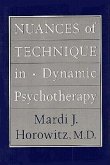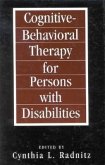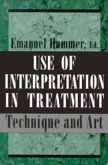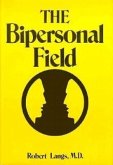Clinical theory is becoming a way of understanding oneself and one's patients rather than a tool for determining the best technical intervention as a thing in itself. This change has brought increased recognition that different therapists need different theories with their patients, and that even the same clinician may need different theories at different times. As a result there is a new tolerance for and even an encompassing of divergent viewpoints. Today is an age of multiple models in psychotherapy. From Inner Sources: New Directions in Object Relations Psychotherapy includes chapters by the most prominent contributors to this change - Kernberg, Adler, Ogden, McDougall, Pine, and the Scharffs. These clinicians, among others included, originally laid the base for object relations theories in the United States. Their ideas about how individuals grow and change by internalizing and externalizing experience were derived from psychoanalytic investigations into severe mental disorders. As these concepts have been more widely understood and accepted, they have been applied to a wider range of disorders and problems. Each chapter reflects in a different way how object relations psychotherapies are moving in new directions while maintaining their connection with the original inner source. The central concepts such as empathy, containment, object identification, splitting, counter-transference, and the examination of internal object relations' newness are emphasized in each of the contributions. The chapters are clinically relevant and contain significant case material. Although it is not an introduction to object relations theory, this book is understandable to beginning therapists, whilecontaining sufficient depth and controversial discussion for advanced clinicians. The focus of this book is on individual psychotherapy with emphasis on examination of the therapist's intersubjective experience in relation to the patient, as opposed to focusing on the patient's experience alone.








